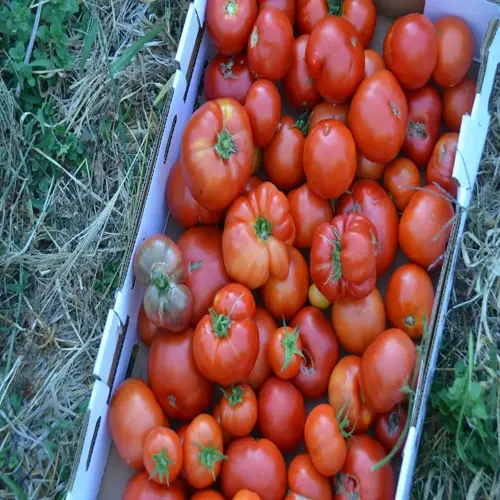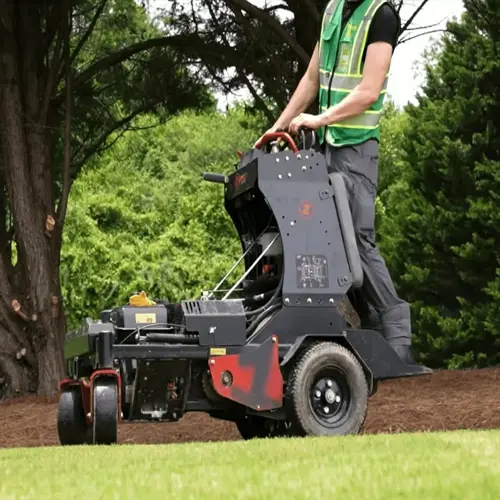Can tomato plants get too much sun?

Written by
Kiana Okafor
Reviewed by
Prof. Martin Thorne, Ph.D.Tomato plants grow best in 6-8 hours of sun each day and suffer damage if they get too much sun. Less than 90° direct sun causes sunscald on the fruits and leaves. Sunscald presents as white or yellow patches staining the tissue, and eventually, the tissue becomes leathery. Heat stress also causes blossoms to drop, which is detrimental to the bountiful harvest we hope to yield. I use shade cloth when my tomatoes are at their peak in summer. Watering well prevents other forms of heat stress.
Recognition
- Sunscald: Whitened/yellowed fruit patches
- Leaf curl: Upward curling during midday heat
- Blossom drop without fruit setting
- Wilting despite adequate soil moisture
- Bleached spots on upper foliage
Protection Methods
- Install 30% shade cloth from 11AM-4PM
- Use companion planting with taller crops
- Apply kaolin clay spray as sun reflectant
- Maintain consistent deep root watering
- Mulch with straw to cool root zones
Shade correctly. Hang shade textile 2-3 feet over the plants for ventilation. Use UV-stabilized shade fabric made for gardening. I use hoops and clips to hold the shade cloth. I take it off in the morning when it's cooler, and then in the evening when it's cooler. I keep an eye on the weather forecast for potential heatwaves. Use portable frames to set up as desired for a little more coverage.
Water wisely during high heat. Increase watering frequency, not volume of water. Early morning, deep water before temperatures rise. Drip irrigation allows moisture to be applied directly to the soil. I supplement with water-soluble kelp for an extra boost for heat tolerance. Avoid getting leaves wet; that could exacerbate sun damage. Use soil moisture meters to prevent overwatering.
Select tomato varieties resistant to heat, such as Heatmaster and Solar Fire, which can tolerate higher heat levels. Also, face plants east. I prioritize locating them in my sunniest beds. Their thicker "leaf cover" provides some natural protection. Keep an eye on these plants during extreme weather spells. No tomato is immune to temperatures beyond 95 degrees Fahrenheit. Variety selection is one piece of the puzzle, followed by protection.
After the sun causes damage, to help plants heal, carefully prune any severely scorched leaves. Use compost tea to promote healthy new growth. Look for secondary pest infestations when assessing for damage. I sometimes use floating row covers until the plants recover better. Use less fertilizer until the plants have fully recovered. Most tomatoes should recover within about 7-10 days with proper care. To prevent sun damage in the future, planning for the season in advance is crucial.
Read the full article: 10 Common Tomato Diseases and Prevention Tips

